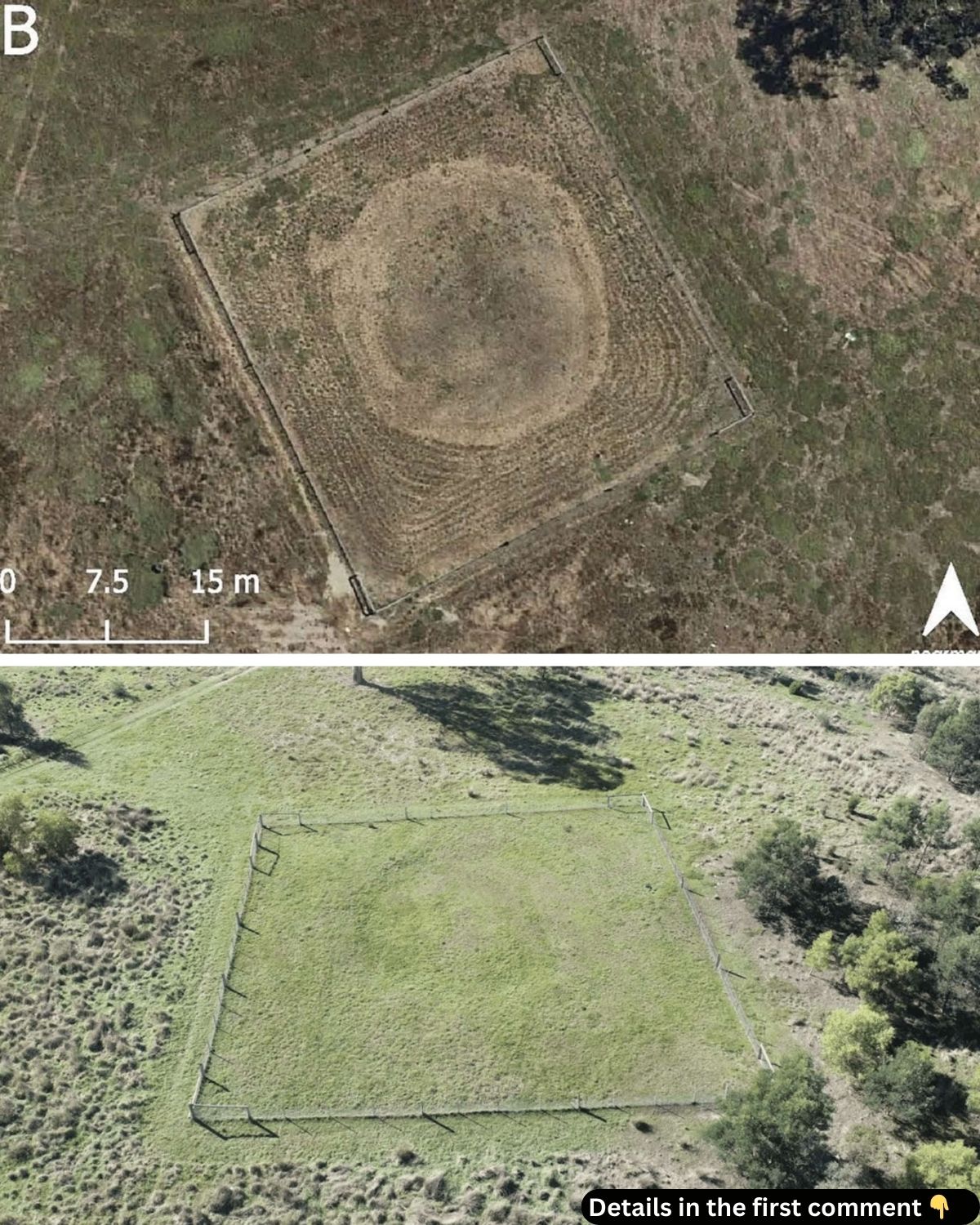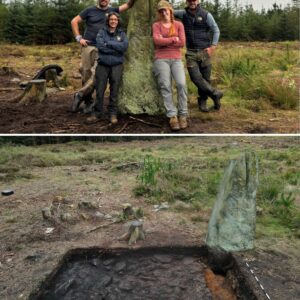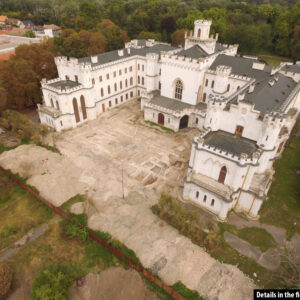In the hills on the outskirts of Melbourne, Australia, a discovery that has intrigued archaeologists and historians alike has emerged: the ancient earth rings of Sunbury. Dating back as far as 1,400 years, these earth rings were created by the Wurundjeri Woi-wurrung people, offering us a rare glimpse into the lives and cultural practices of one of Australia’s oldest Indigenous groups. The recent study, which delves into the history and significance of these structures, has shed new light on their role in Aboriginal culture and the continued importance of preserving these fragile monuments.
The Cultural Importance of the Earth Rings
The Sunbury earth rings, located in the suburb of Sunbury, are not just intriguing archaeological artifacts; they are symbols of the deep cultural connections of the Wurundjeri Woi-wurrung people to the land. These rings were not simply constructed for aesthetic purposes but were integral to the community’s spiritual and practical activities. The Wurundjeri Woi-wurrung people, who have lived in the region for thousands of years, are the traditional custodians of this land, and the earth rings are a direct link to their ancestral past.

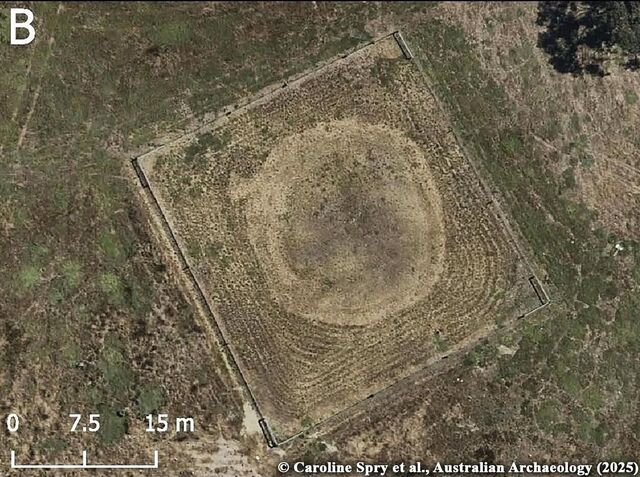
The rings themselves are believed to be part of a larger cultural framework known as “biik wurrdha,” which encompasses the landscape—land, water, sky, and the interconnectedness of all elements in nature. These earth rings are powerful reminders of the spiritual and practical importance of the land in Aboriginal traditions. They represent not just physical structures but metaphysical connections, intertwining the physical with the spiritual in ways that are only now beginning to be understood.
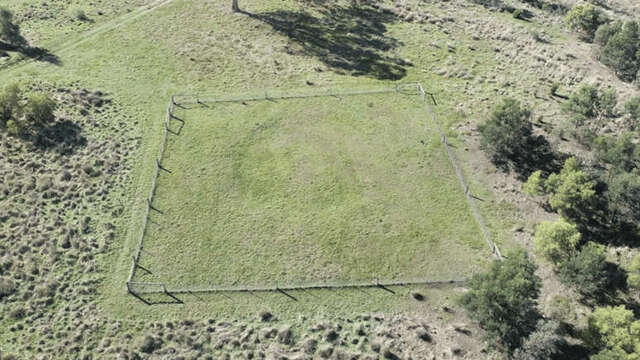
Similar earth rings have been found around the world, such as in England and Cambodia, yet the Sunbury rings are unique to Australia. These Australian rings, however, are intricately tied to the local environment and the specific cultural practices of the Wurundjeri Woi-wurrung people, reflecting their deep understanding of the landscape and their ability to use it to shape their cultural identity.
Video
Tune into this video to discover Australia’s 1,400-year-old mysterious earth rings, revealing evidence of millennia of human effort and ancient ingenuity.
Archaeological Findings and Methodology

The most recent excavation at Sunbury, led by Wurundjeri Woi-wurrung people in collaboration with archaeologists, has provided fascinating insights into these earth rings. In 2022, Sunbury Ring G was excavated, revealing 166 stone items unearthed during a 1979 dig by archaeologist David Frankel. Using advanced dating techniques and artifact analysis, researchers were able to reconstruct how the Wurundjeri Woi-wurrung people utilized these spaces for daily life and ceremonies.
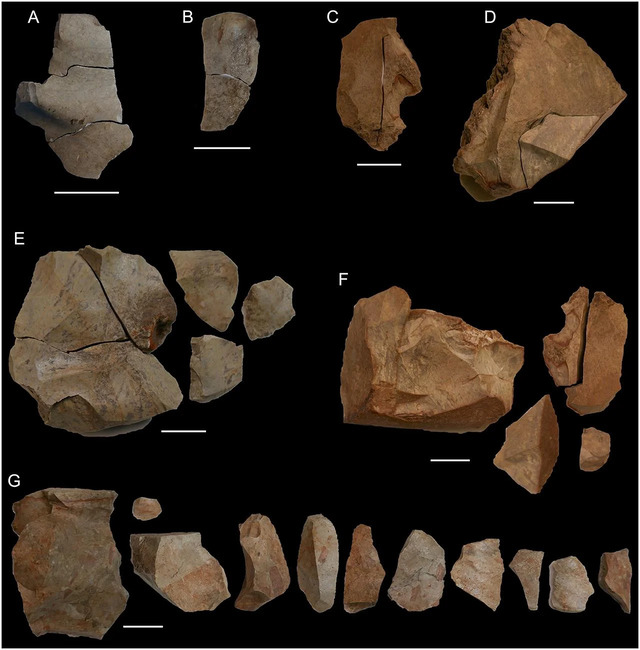
The excavation revealed that the rings were not only ceremonial but also practical. Evidence suggests that the rings were used for activities such as lighting campfires, making stone tools, preparing food, and performing rituals. The tools uncovered during the excavation bear signs of wear and residue, indicating their use in these activities. These findings paint a picture of a vibrant, interconnected community that made full use of the land in a way that was respectful and deeply embedded in their cultural practices.
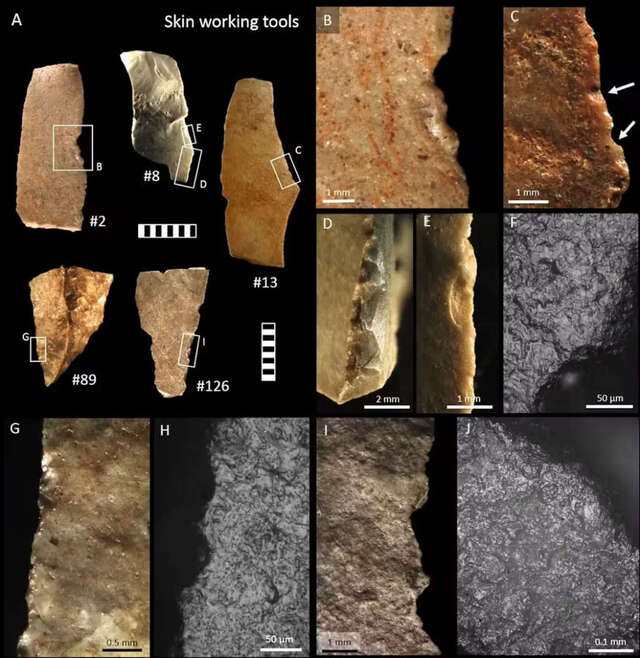
This recent study also provided new understandings about the construction of these rings, shedding light on how they were likely built using a combination of traditional Aboriginal knowledge and the resources available in the area. The precision with which these rings were constructed demonstrates the advanced knowledge the Wurundjeri Woi-wurrung people had about their environment.
The Purpose and Significance of the Earth Rings
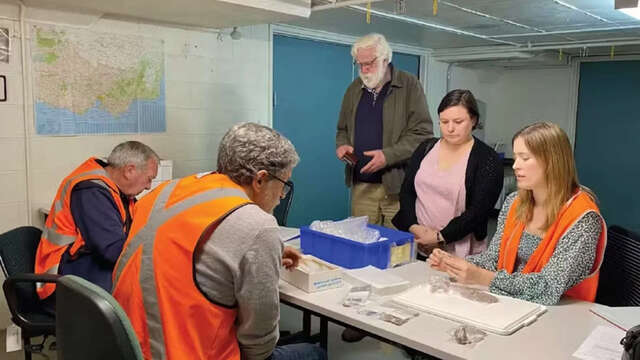
While much of the original meaning behind the Sunbury earth rings has been lost over time, researchers believe they played a key role in ceremonial activities. These rings were more than just geographical markers; they were places where important cultural events occurred. The Wurundjeri Woi-wurrung people likely gathered in these spaces for ceremonies, to commemorate important events, or perhaps to perform rites of passage.
The symbolism of the rings, however, remains shrouded in mystery. What is clear is that these earthworks served as physical and spiritual focal points for the community. They were places where cultural knowledge was passed down, where spiritual connections were made, and where social and community bonds were strengthened. Through the artifacts uncovered, including remnants of ceremonial items and evidence of human activity, we can start to piece together the profound significance of these rings in the lives of the Wurundjeri Woi-wurrung people.
The connection between the earth rings and daily activities—such as food preparation and tool-making—suggests that these spaces were not just used for sacred purposes. They were integral to everyday life, helping to foster a sense of community and continuity with the past.
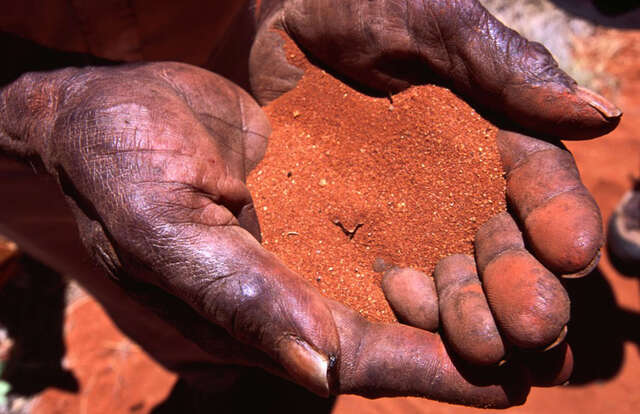
The Fragility of the Earth Rings

Unfortunately, the earth rings of Sunbury, along with many other Aboriginal sites across Australia, are fragile and vulnerable to the effects of modern development. Since the arrival of European colonizers, much of Australia’s Indigenous heritage has been lost, with hundreds of Aboriginal sites destroyed during the expansion of towns and cities. Today, only a handful of earth rings remain, making the preservation of the Sunbury rings even more critical.
These earth rings are under constant threat from urbanization and climate change. As Melbourne’s suburbs expand, these ancient monuments are at risk of being buried or destroyed. In light of this, there have been significant efforts to preserve these sites. Researchers, archaeologists, and local Indigenous groups are working together to protect these sacred places for future generations. The fragility of these sites is a stark reminder of the ongoing need to safeguard Australia’s Indigenous heritage, and the urgent importance of preserving these ancient markers of Aboriginal culture.
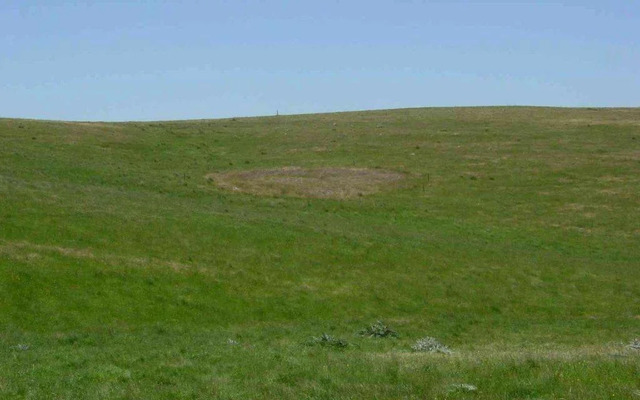
Video
Check out this video to explore five fascinating mysteries about prehistoric Australia, shedding light on its ancient past and hidden secrets.
Conclusion: A Glimpse into Australia’s Ancient Heritage
The Sunbury earth rings are not only an archaeological discovery; they are a testament to the resilience and cultural richness of the Wurundjeri Woi-wurrung people. These ancient structures provide us with a tangible link to the past and offer invaluable insights into the lives and spiritual practices of Australia’s first peoples. As urbanization continues to encroach upon these sites, it is crucial that we recognize their importance and take steps to protect them.
The Sunbury rings represent a vital part of Australia’s cultural heritage, and preserving them is essential to understanding the complex relationship between Indigenous peoples and their land. This discovery serves as a powerful reminder of the deep connections that exist between land, culture, and identity, and the need to respect and protect these ancient sites. Through continued research and preservation efforts, we can ensure that these rings continue to reveal their secrets and educate future generations about Australia’s rich Indigenous history.
